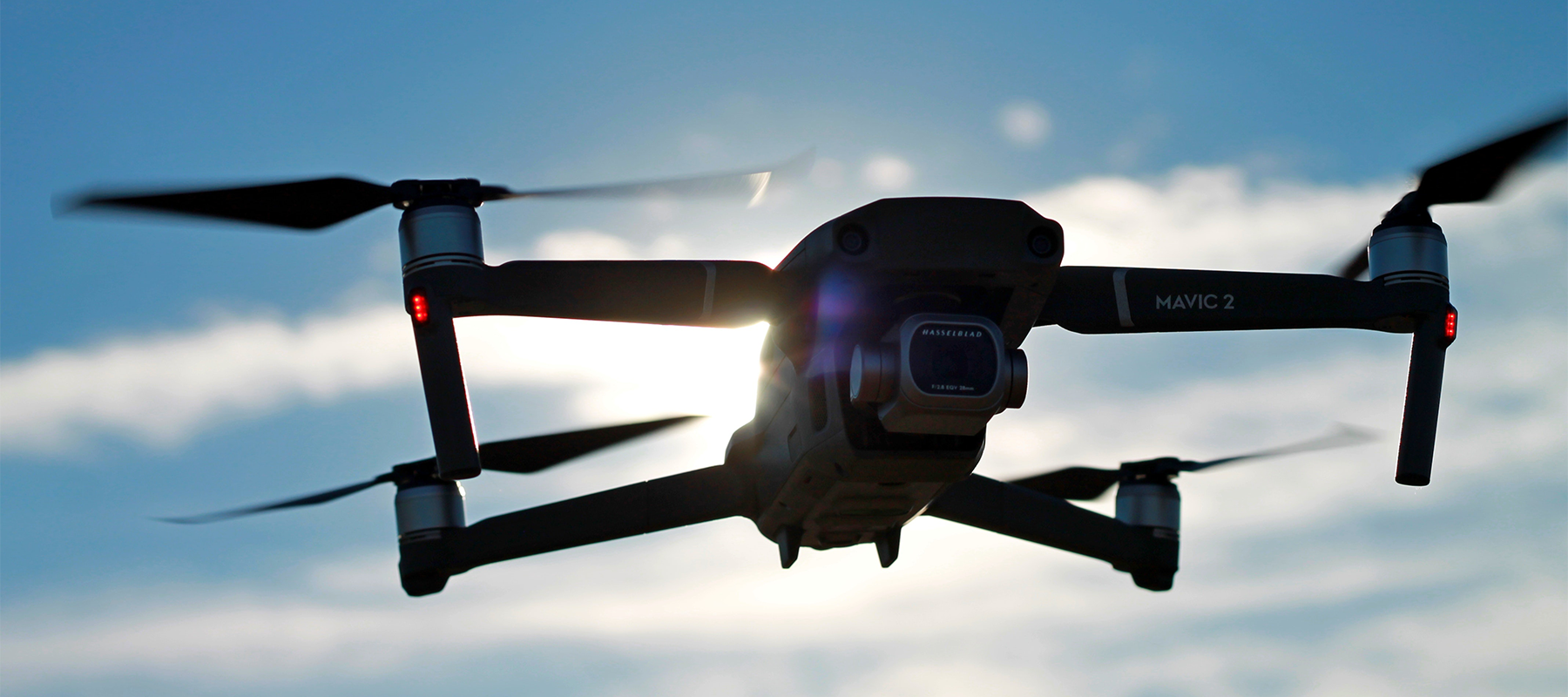Drones & Quadcopters: what can we expect
In the modern era, innovative advancements, especially those centred on technology, seem to deliver unparalleled improvements in the blink of an eye. The same is true for drones or quadcopters, as whilst early consumer drones may have been introduced merely as gimmicky toys, they have now become extremely technical pieces of equipment. In this article, we will shed light on their origins and their subsequent transformations.
Drones – A Brief Overview
A drone, or Unmanned Aerial Vehicle / UAV, is a mechanical flying machine consisting of four arms (in the standard version) with a motor that is attached to each of the arm’s propellers. With the ever-changing technological landscape, more advanced and powerful drones have been introduced that have six or even eight arms. This is to account for increased payloads & capabilities, meaning they can be used for unique purposes such as Search&Rescue (SAR), parcel delivery, bird control, agriculture, to name but a few. But, how did these drones get to this present state?
The Origin of Drones & UAVs

It may come as no surprise, however the concept of drones is nothing new. Initially developed for military applications, their first recorded use appeared in 1849 as a balloon system for dropping incendiary devices. This led to further advances and widespread use throughout the first and second world wars, including pilotless aircraft to be used as aerial torpedoes. It was during this period that one such model under development was using a de Havilland Queen Bee, a modification of the Tiger Moth. It is believed that this could well be where the term ‘drone’ may have began. Further tactical requirements and the introduction of modern warfare & nuclear technology led to significant changes regarding the use of drones. However, it wasn’t until the early 2000s, when further advances allowed smaller drones to become available, with improved stability and performance. This paved the way for them to become an option for the general consumer, providing a great purchase for kids and adults alike.
The Notable Transformation of Drones
Although first used in military combat and surveillance operations, drones have come a long way, especially since they evolved into their safer and non-violent versions. From once being a tool to keep track of an enemy’s movements to now documenting nature and lifestyle, drones have hit the general market with full force. Impressive aerial photographs of the worlds city skyscapes & surrounding landscapes have significantly grown the popularity of drones and the Birds-Eye view, with established manufacturers taking up the task of developing advanced and versatile versions of these drones.
Hobbyists with a knack for home-builds have also been able to contribute to the development and breakthroughs in drone technology. Racing & FPV (First Person View) drones have been a huge success, with the big manufacturers having to keep up with its growth. All of this has meant that the price of drones has reduced over the years, making them very accessible & affordable. However it should be noted that this has also led to the introduction of strict regulations to control their use and to protect the safety of the general public. Perhaps more on this another day.
Wrapping Up
Drones have become a common tool in the modern commercial environment, and this should be seen as a sign of how their technology is constantly evolving & improving. While drones are currently controlled & operated by humans, for the most part at least, there will be limitations on what & where they can be flown (dense Air Traffic regions for example). And so there is no doubt that future versions of drones will become yet more autonomous in their functionality, which will also bring more safety and sophistication to their use in industries throughout the world. That said, this won’t negate the need for Remote Pilots & Operators like me, far from it! It just presents new challenges & exciting opportunities which I for one look forward to.

